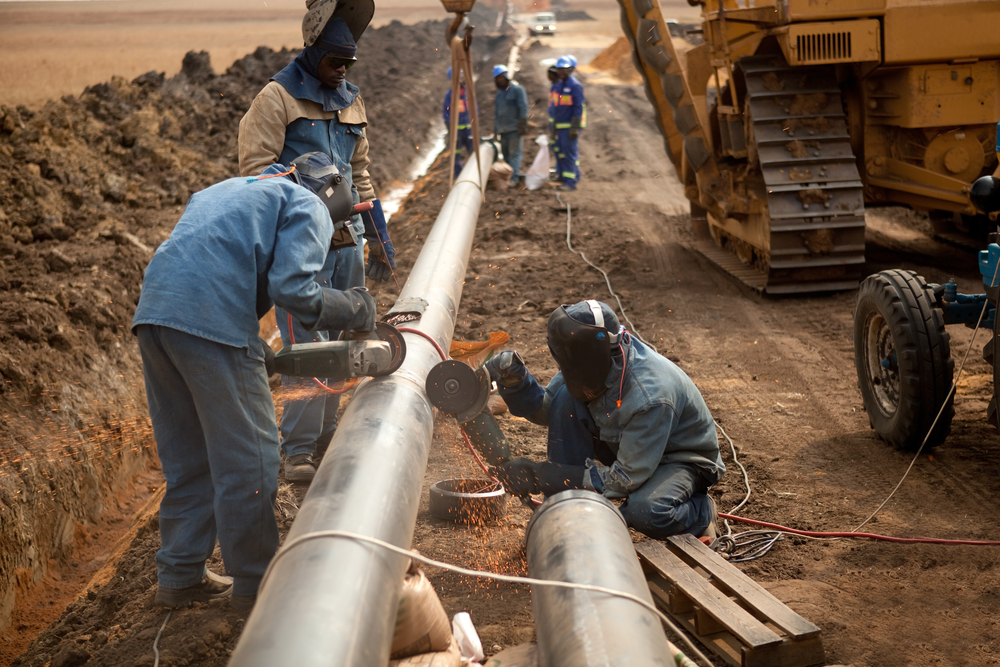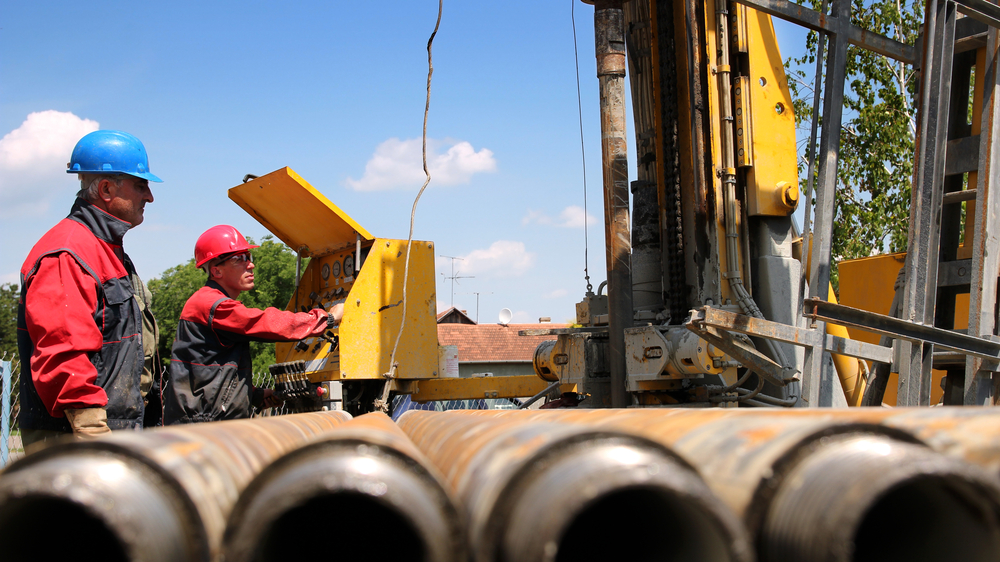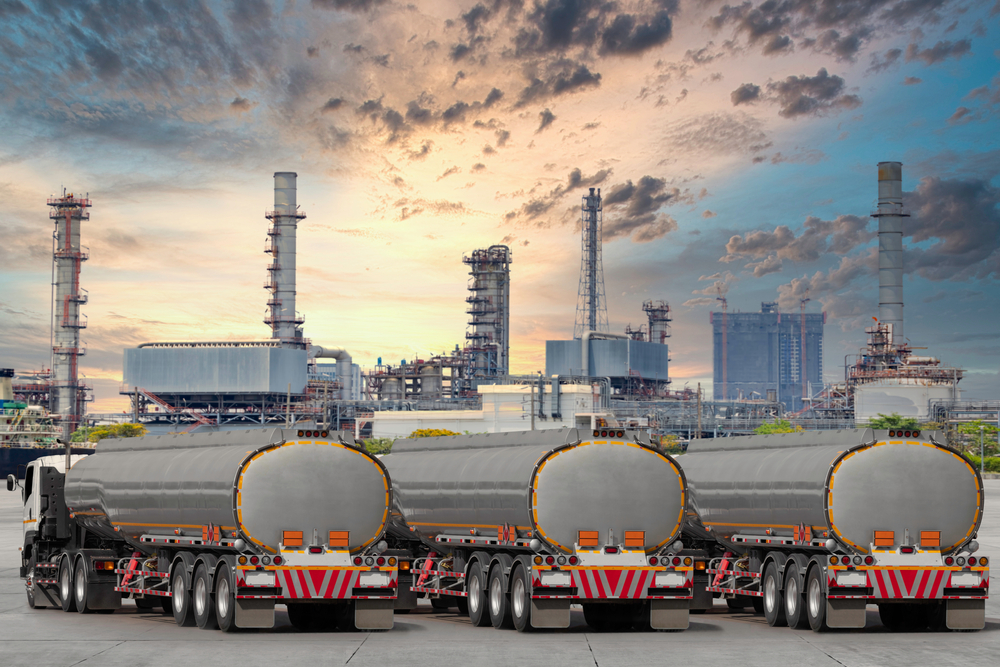For facilities across the manufacturing, energy, and transportation sectors, monitoring gaseous byproducts is essential to efficient and responsible operations. Advanced analytical instruments known as combustion analyzers and emissions analyzers provide valuable insights into different aspects of a company’s processes. However, these two technologies’ specific purposes and applications are often misunderstood. In this in-depth guide, we
READ MOREBlog
Blog
Strategies for Industrial Gas Leak Detection and Prevention
Dealing with hazardous gas leaks in an industrial facility can have severe consequences if not handled quickly and correctly. Gas leaks pose very serious risks to human health and safety, result in production downtime, and can cause catastrophic explosions and environmental damage if ignited. That’s why implementing comprehensive gas leak prevention and detection strategies is
READ MOREHow Do You Measure Air Quality in the Workplace?
As a business leader, one of your most important duties is ensuring a safe, comfortable, and productive environment for your employees. The quality of indoor air should be a top priority. After all, we spend 90% of our time indoors, and poor indoor air quality (IAQ) can negatively impact health, attendance rates, and performance. However,
READ MOREWhat are the Different Types of Flame Detectors?
As someone looking to install flame detectors, knowing the different types available is key to picking the right one for your facility. There are several common options to consider based on your specific fire hazards and goals. Throughout this post, we’ll explore those different detector varieties in depth so you can make an informed decision.
READ MOREThe Top 10 Fire Hazards in the Workplace and How to Prevent Them
Workplace fires are more common than you might think. According to the National Fire Protection Association (NFPA), U.S. fire departments respond to a fire somewhere in the nation every 24 seconds. That’s why it’s so important for businesses to understand the risks and do everything possible to prevent fires from occurring. At Highmark Analytics, we
READ MORE




